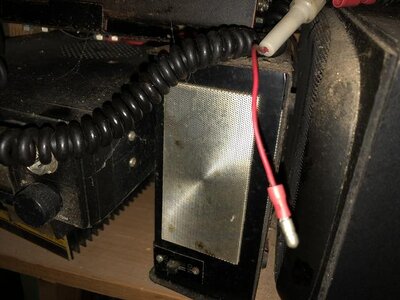- Joined
- Apr 16, 2023
- Messages
- 3,627
- Reaction score
- 16,349
First time caller, long time listener and love the show...
So I'm just gonna spitball a little here because GFI breakers are weird and they can trip for seemily meaningless reasons and I'll be the first to admit that electricity is fuckin' bonkers...I just don't know if maybe the breaker is faulty or maybe the Titan has issue with the power down and I should replace it with a more traditional heavy duty power strip. In the world of sparky maybe the GFCI is seeing the sunset as a power surge or something. I'm confused.
I'll hang up and listen
My best guess would be that the issue lies within the light and how it's doing the dimming. As it lowers the wattage to dim the LEDs, the juice likely runs through a a series of resistors. The lower the intensity, the higher the resistance. Resistors shed wattage in the form of heat and if I had to bet on it, I'd say the highest wattage resistor is shedding enough heat for the breaker to sense the 5 milliamp difference on the neutral. 5 mA is nothing and GFI breakers are finniky and sensitive and like Pipe said, the more they trip to worse it gets.











